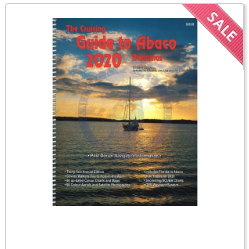According to 46 CFR 25.30, marine-type fire
extinguishers approved by U.S Coast Guard under code
of federal regulations are required on boats where a fire hazard
could be expected from the engines or the fuel system. These fire extinguishers
are classified by a letter and number symbol. The number indicates the amount
of extinguishing agent stored in the extinguisher. The higher the number, the
greater the amount of agent the extinguisher contains. The letter, on the other
hand, indicates the type of fire the unit is designed to extinguish. For
example, Type B is designed to extinguish flaming liquids, such as gasoline,
oil, and grease.
The fire extinguishers are hand-portable,
having either B-I or B-II classification. They must be provided with a mounting
bracket. While not compulsory, it is recommended that the extinguishers are
mounted in a readily accessible location, so that they can be put to use
immediately. Keep the extinguishers at or near the steering station, or in the
galley or engine room. Avoid installing them in a location where a fire can
take place.
Because one extinguisher can be approved
for several different types of fires (A, B, or C), markings on extinguisher can
be confusing. An extinguisher marked “Type A, Size II; Type B; C, Size I”, for
example, is acceptable as a Type B-I extinguisher. Check the section of the
label that states “Marine Type USCG, Type A, Size II; Type B; C Size I.” You
need to make sure that Type B is indicated. Hand-portable extinguishers should
be either of Size I or II. Size III and larger are too big for use on most
recreational boats.
To know more
about the code of federal regulations that governs the U.S. maritime industry, download charts and books containing
these regulations.



No comments:
Post a Comment